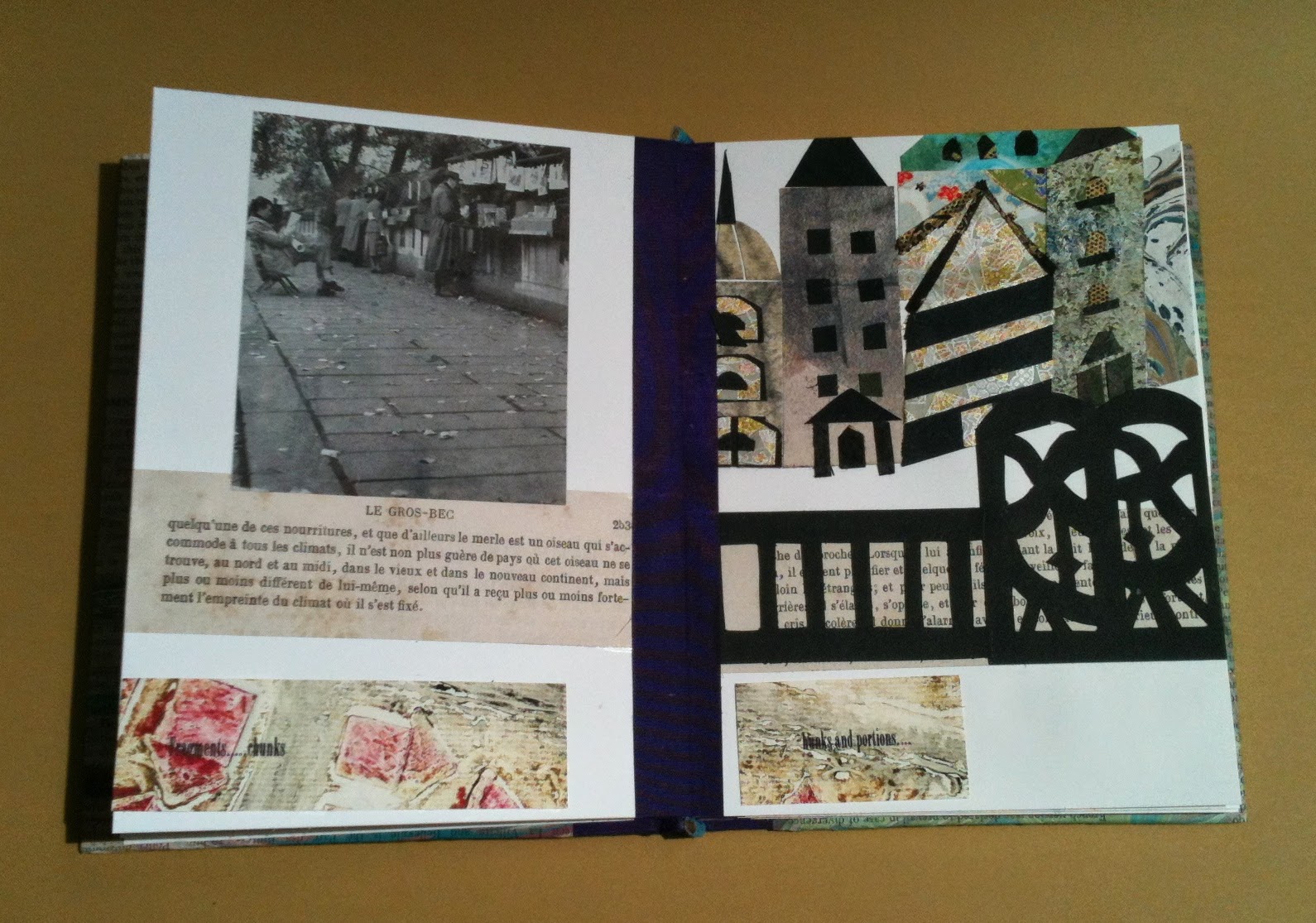 |
| an old fashioned turnstile... |
Turnstiles are gates that move in a circle... gathering up a traveler in their embrace, carrying them around in a half-circle, then releasing them on the other side. There's something about turnstiles... that make them just a bit more intimate than the average gate. They may count your entry through a portal. They may have a mechanism for collecting tokens or payment as you progress through an entryway. They always keep you in that place of transition... just a bit longer...than the average gate.
A place of transition is sometimes referred to as liminal space... which is connected with thresholds and described this way. "In anthropology, liminality (from the Latin word līmen, meaning "a threshold") is the quality of ambiguity or disorientation that occurs in the middle stage of rituals, when participants no longer hold their pre-ritual status but have not yet begun the transition to the status they will hold when the ritual is complete. During a ritual's liminal stage, participants "stand at the threshold" between their previous way of structuring their identity, time, or community, and a new way, which the ritual establishes." -Wikipedia
So why would someone want to stay longer in a state of transition? Perhaps... if pie is involved. The book-of-the-week for Week 17 is Turnstile Pies. It may be a stretch to make the connection between pies, turnstiles, and liminality... but there is no arguing that pies are a direct connection to the human psyche... Because they are just so delicious, they practically cause transcendence! And if pie isn't used for rituals... it SHOULD BE. When you are eating a delicious piece of pie, you feel like you have one foot on earth and one foot in heaven! Just imagine it as a big Turnstile Pie.
 |
| The front cover, with Cherry Peach pie in the window... |
Turnstile Pies is a ring-bound book covered with a 1940's vintage cotton tablecloth partially painted with acrylic paints. Affixed to the front cover is a paper volvelle painted to resemble a homemade pie and letterpress printed with the title, Turnstile Pies. Volvelles are paper wheel charts which date back to early medicinal and astronomy books of 11th century. They are fun, interactive elements of books.. and they resemble turnstiles because both rotate in a circle. Making a volvelle that connects with the term gate was a fun challenge for this week's book-of-the-week.
 |
| volvelle from Astronomicum Caesareum by Petrus Apianus, 1540 |
The front wheel of the volvelle has been painted to look like the lattice crust of a pie. A small oval window has been cut out of the right side. The back wheel of the volvelle is the pie filling. It is separated into eight sections, each painted to represent a different flavor of pie. The name of each pie flavor has been letterpress printed on the back wheel so it can be seen through the window when spun to the correct position. Cherry Peach Pie, Lemon Meringue Pie, Mincemeat Pie, Berry Berry Berry Pie, Pecan Pie, Pumpkin Pie, Chocolate Chiffon Pie, and Apple Pie are all eight of the (delicious) pies on the volvelle.
The letterpress work for this book was a little challenging and especially
fun. The placement of the type on the eight wheel sections involved eight separate printings.
The placement of the printing with regards to the volvelle window, as well as the tabs... and the decision to match the font
aesthetically with the flavor of pie, were all unique to this book. A colophon, listing all of the fonts used for the book in their exact typeface, was also printed for the book.
 |
| The colophon of typefaces |
Turnstile Pies is an activity book with more to do than just spin the volvelle on the cover. Inside the book are six pages of recipes for pastries and pies, which can be followed to make delicious pies of all kinds. The recipes have been digitally reprinted from a vintage 1939 cookbook. They include, but are not limited to, the recipes for the eight pies listed on the coverpage volvelle. The recipe pages are separated by divider pages with tabs also printed on the letterpress.
 |
| start with the crust... |
Overall, the book resembles the vintage 1939 cookbook it is based on.
 |
| The original source...and Grandmother's number one cookbook |
 |
| A page of pie recipes... yum! |
 |
| tabs in various typeface fonts... for easy retrieval.. |
The last section of the book is a section of ruled blank pages with the tab header
More Recipes. This section is for adding new recipes and infers
more interaction (and pies) in the future.















































